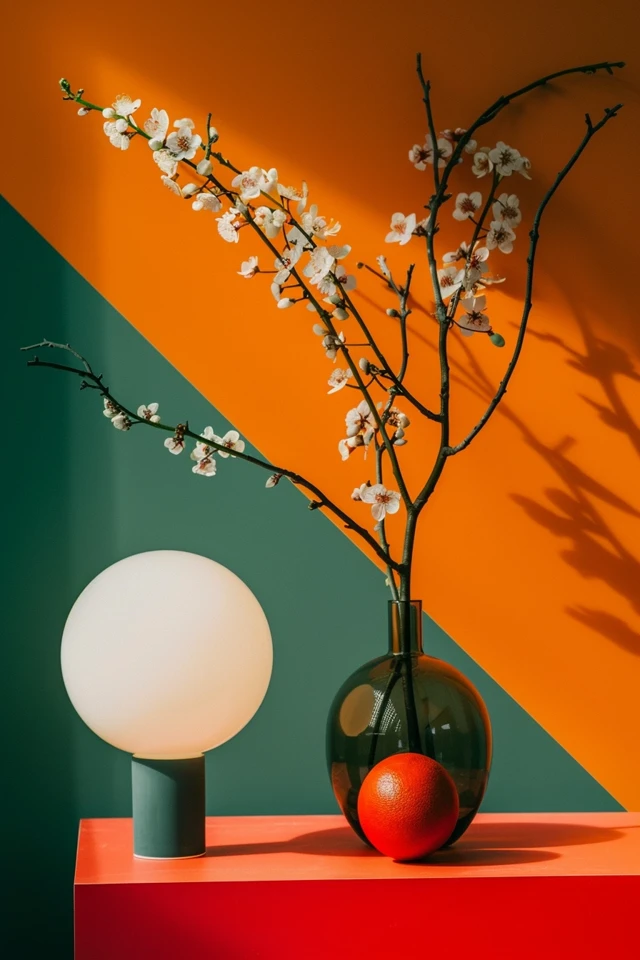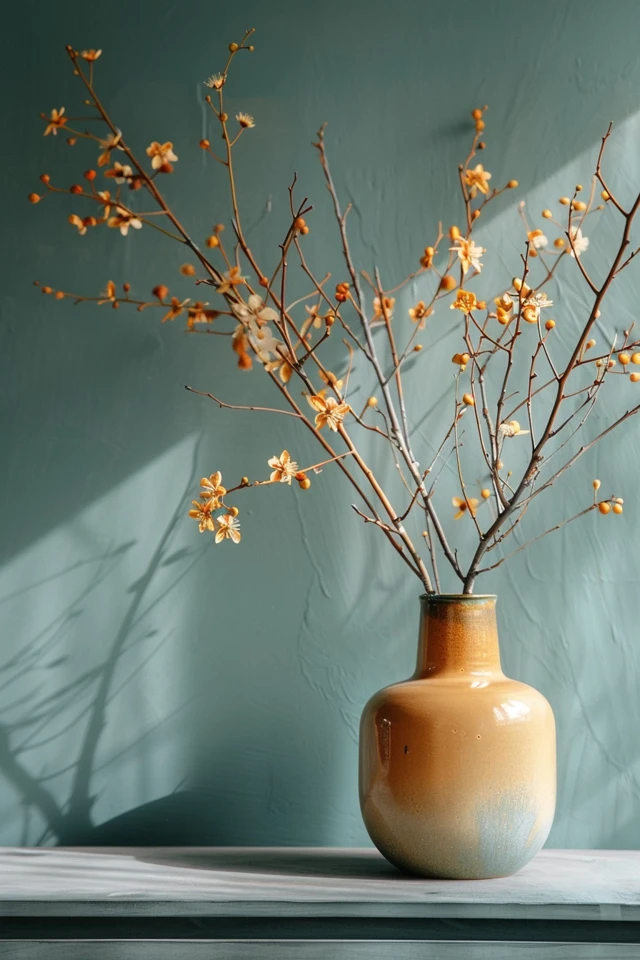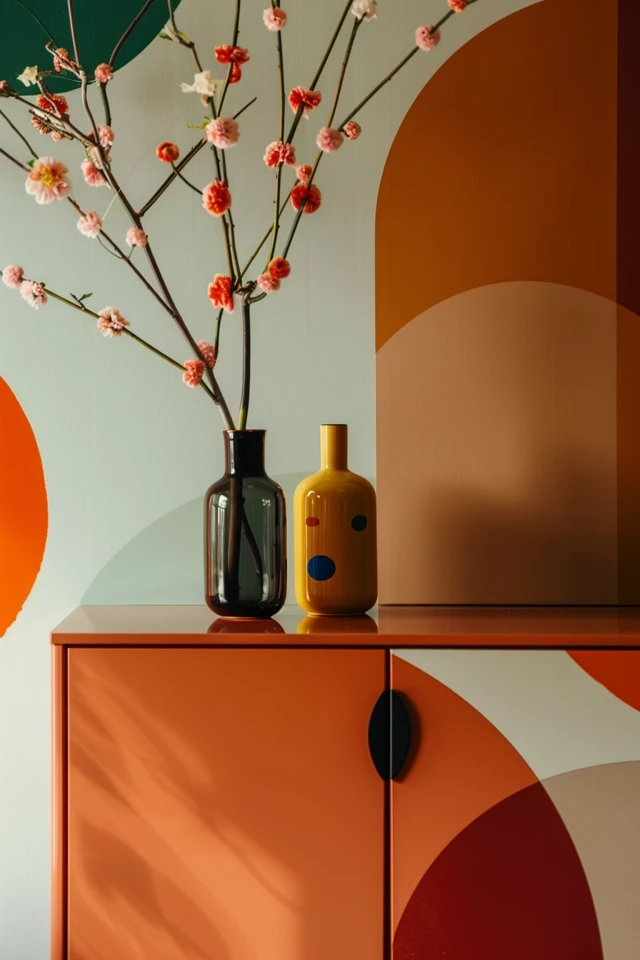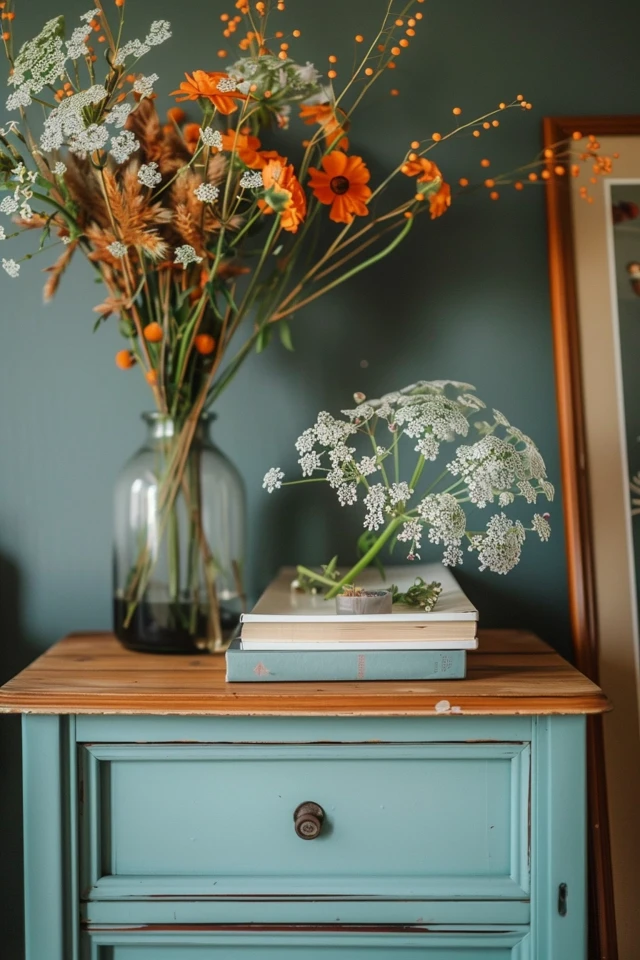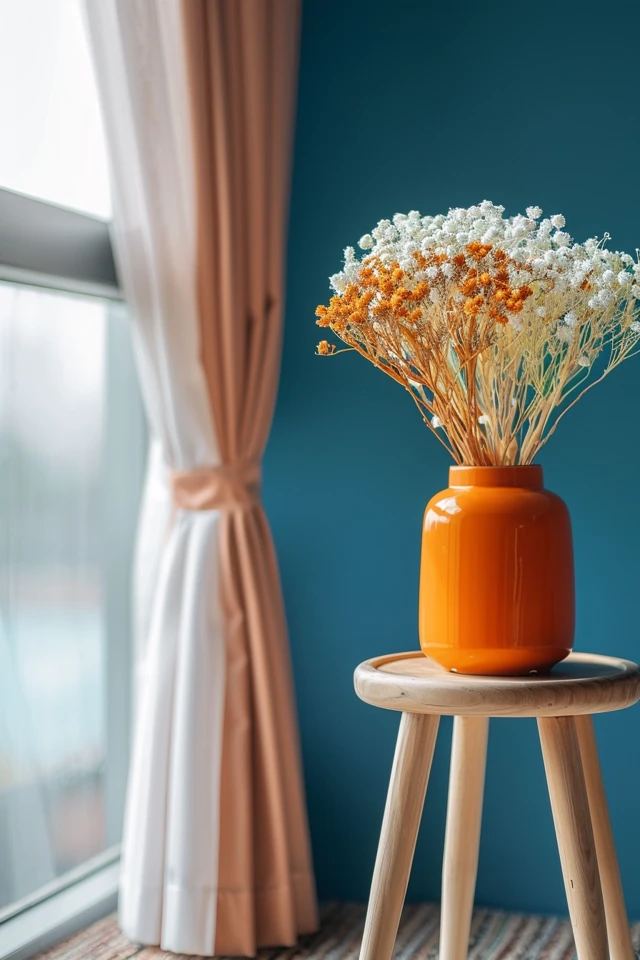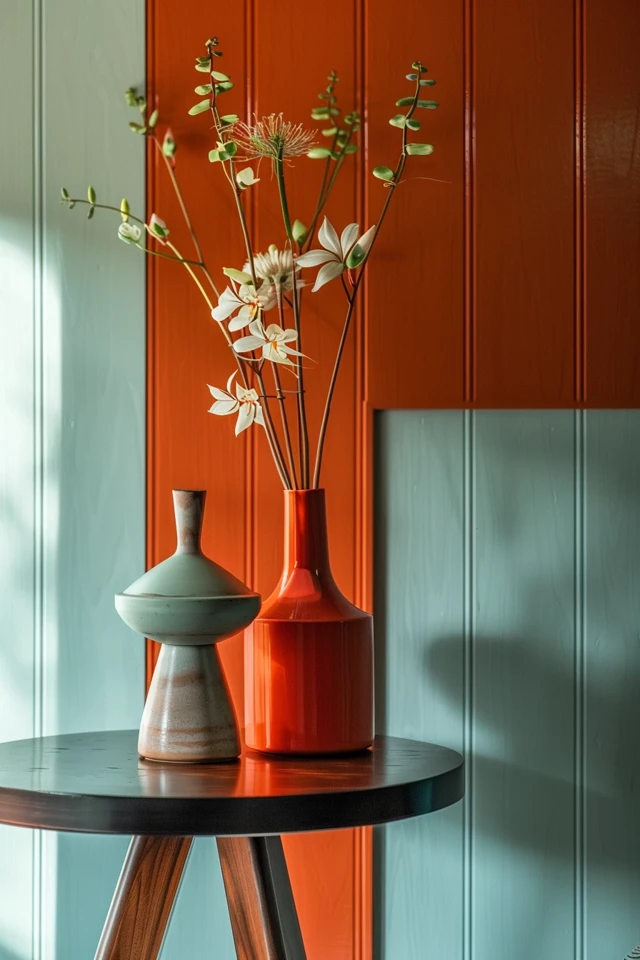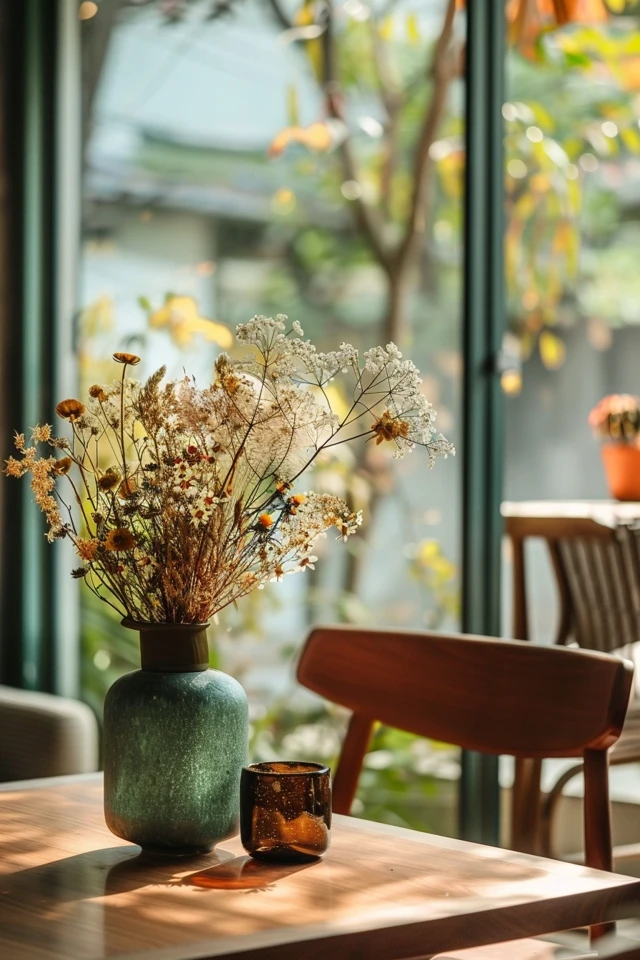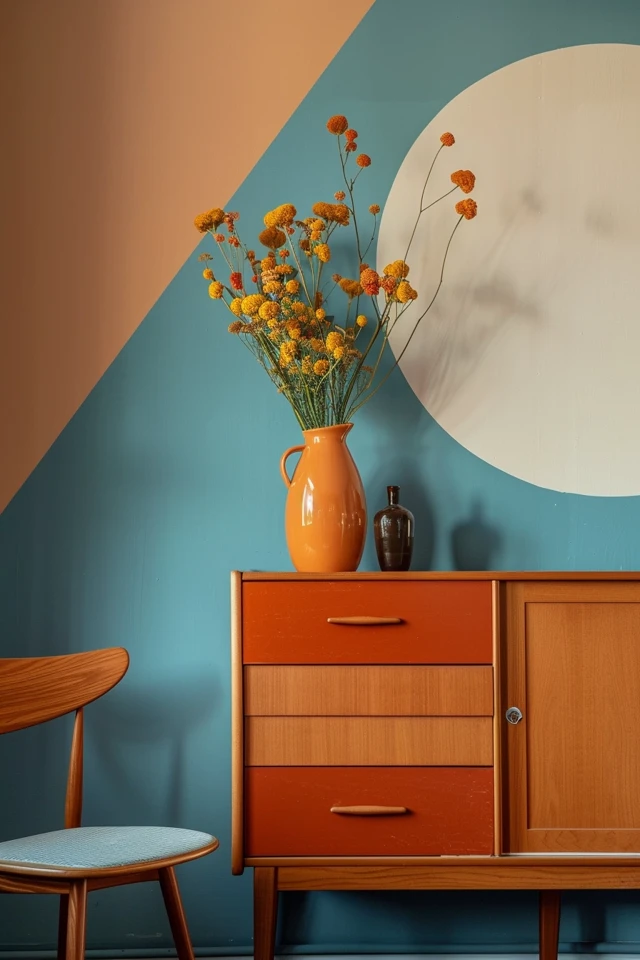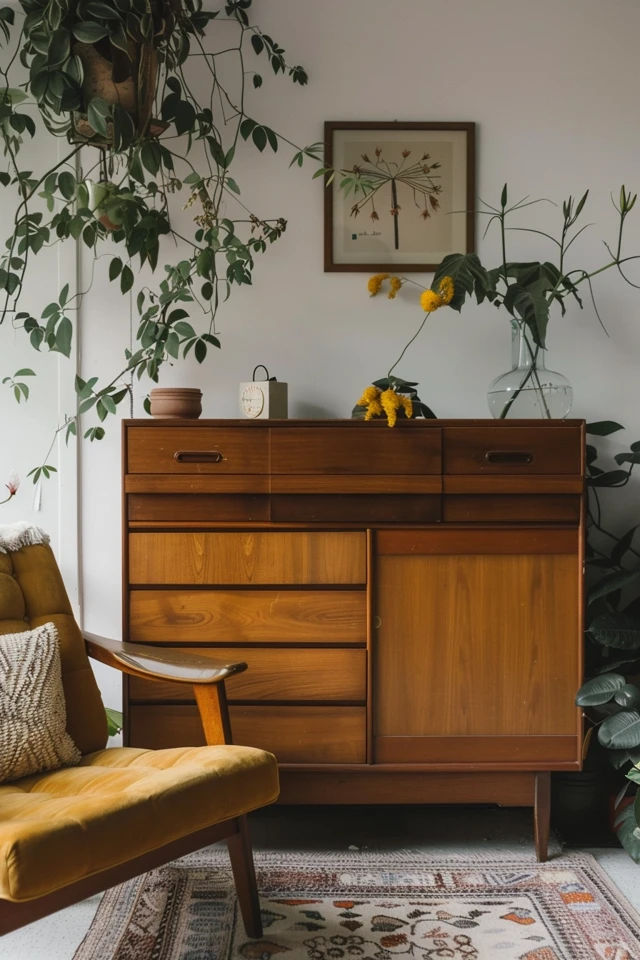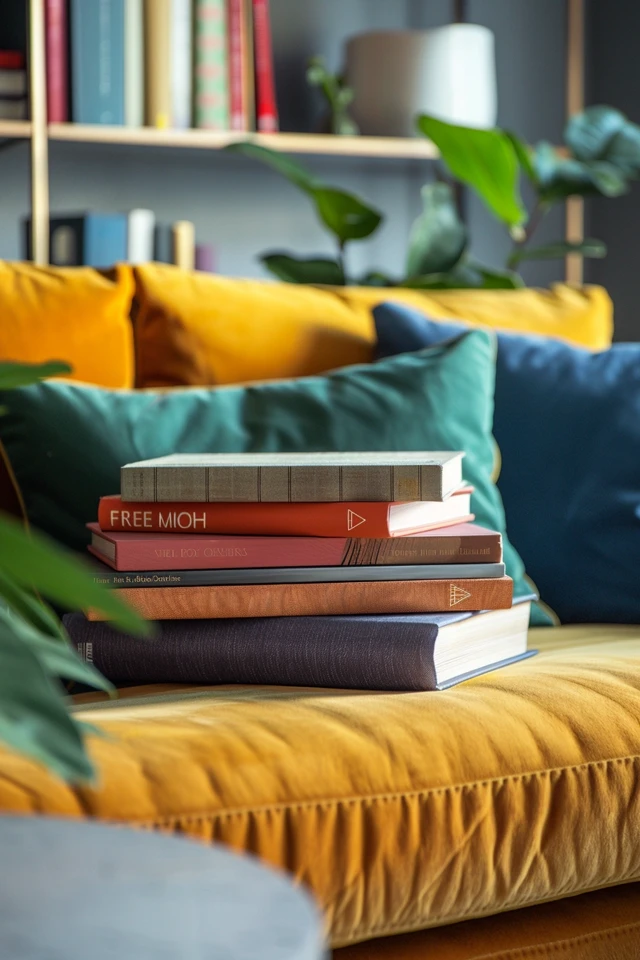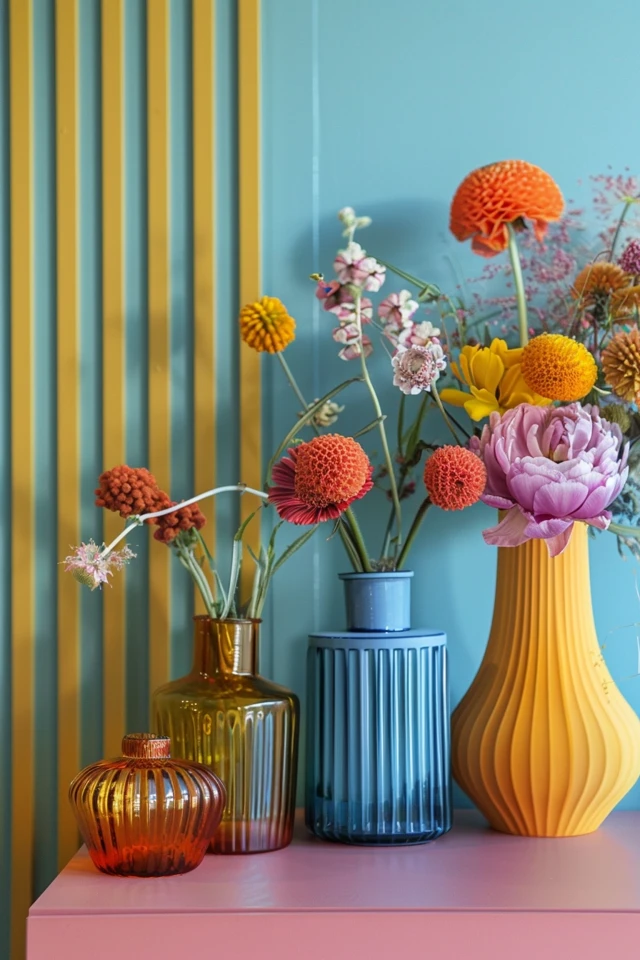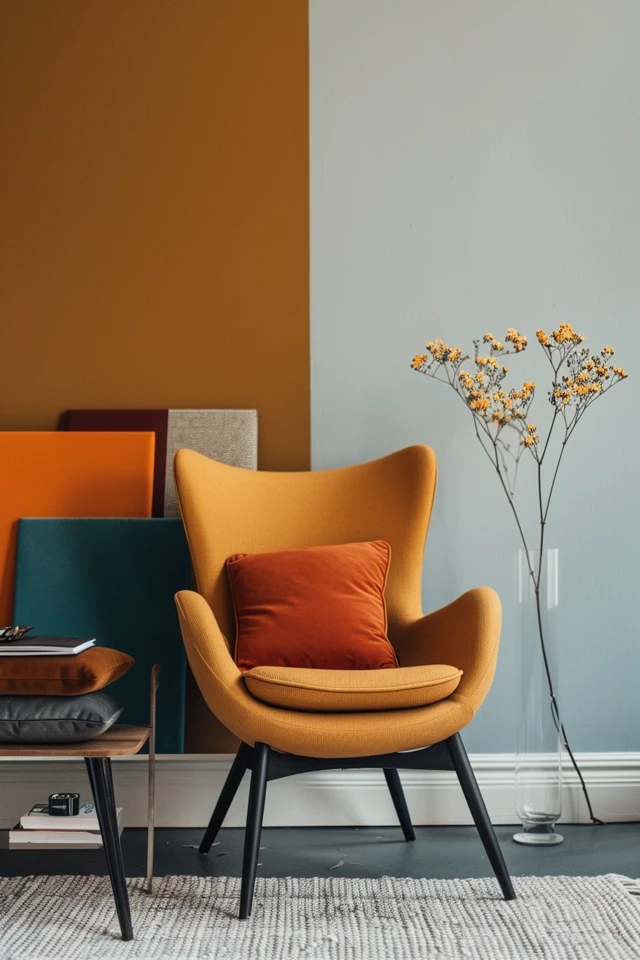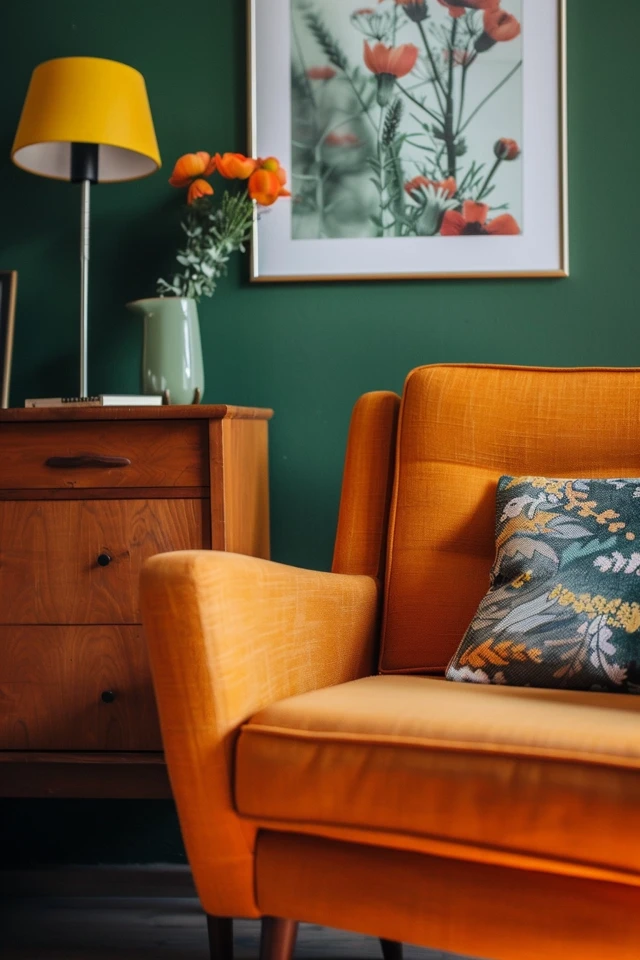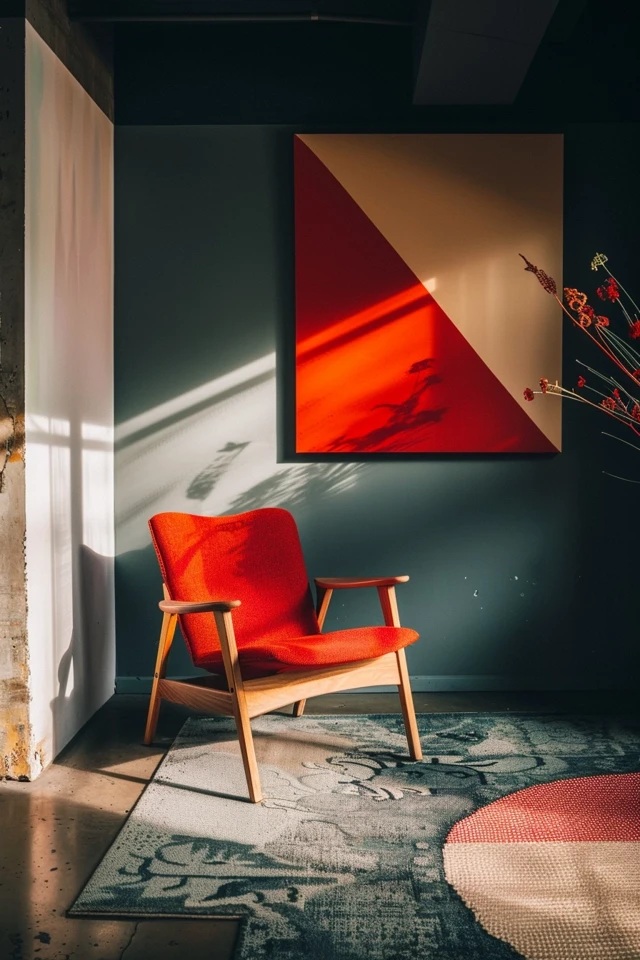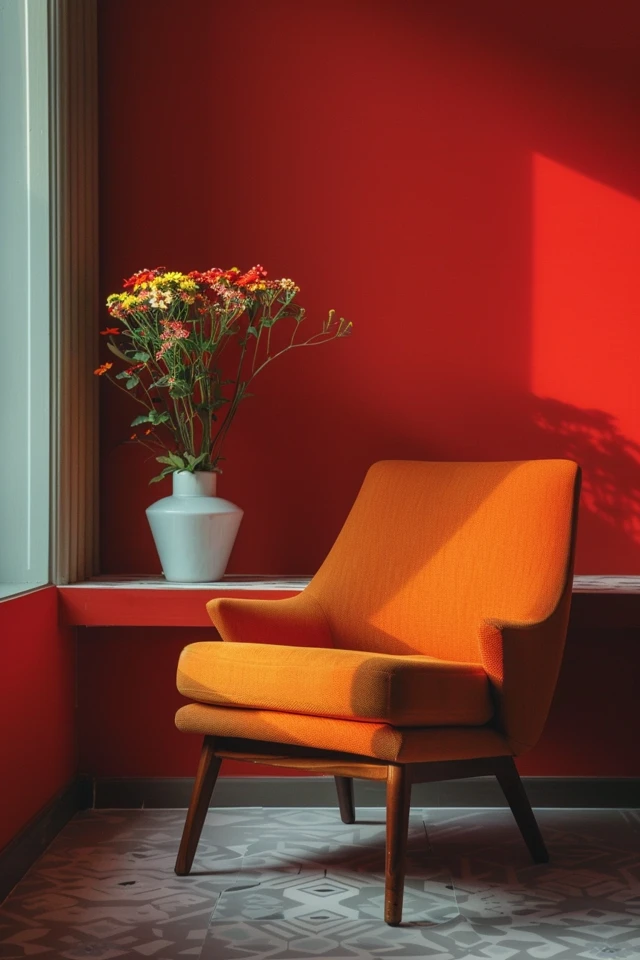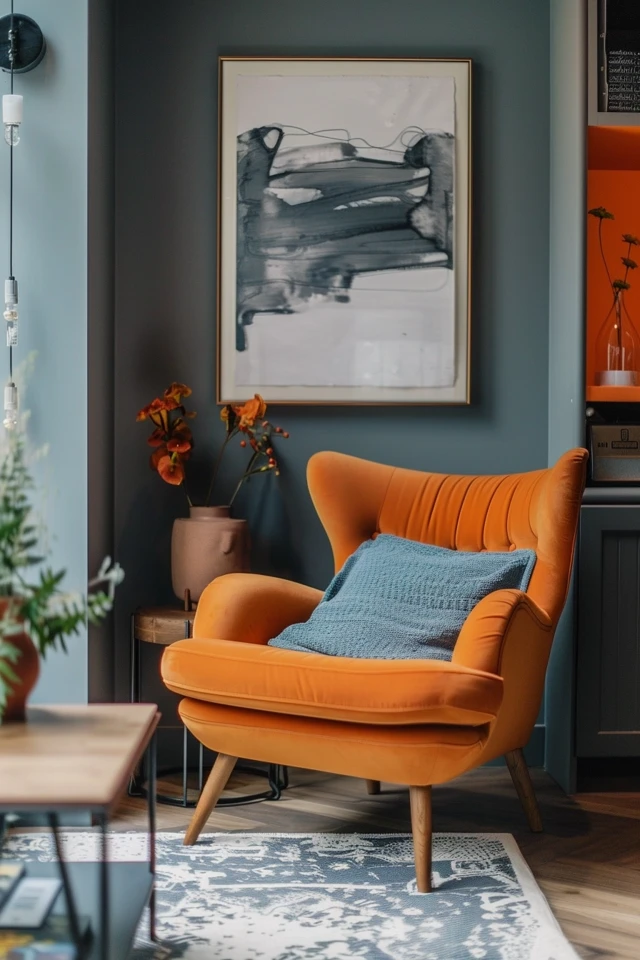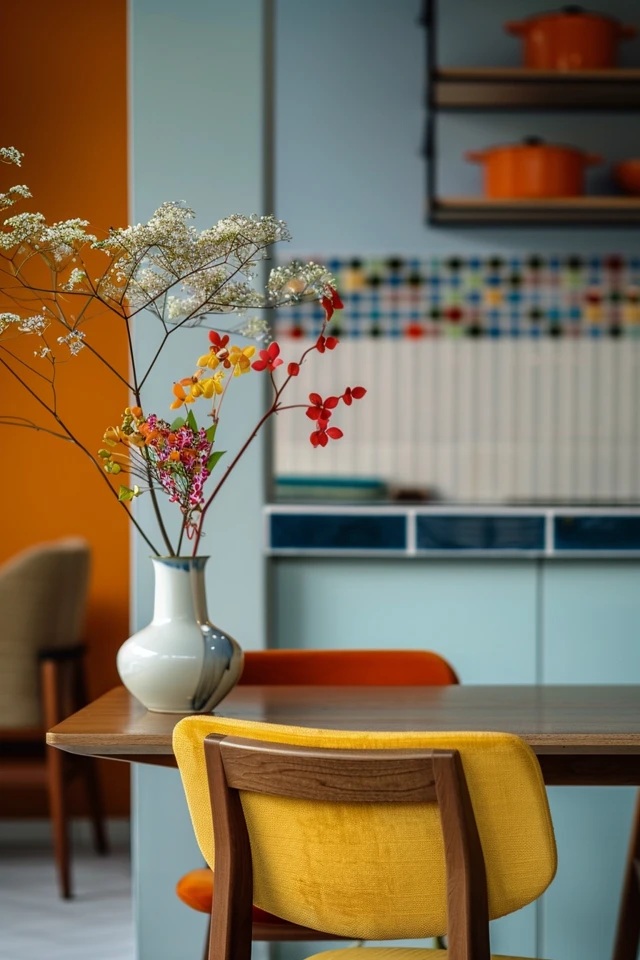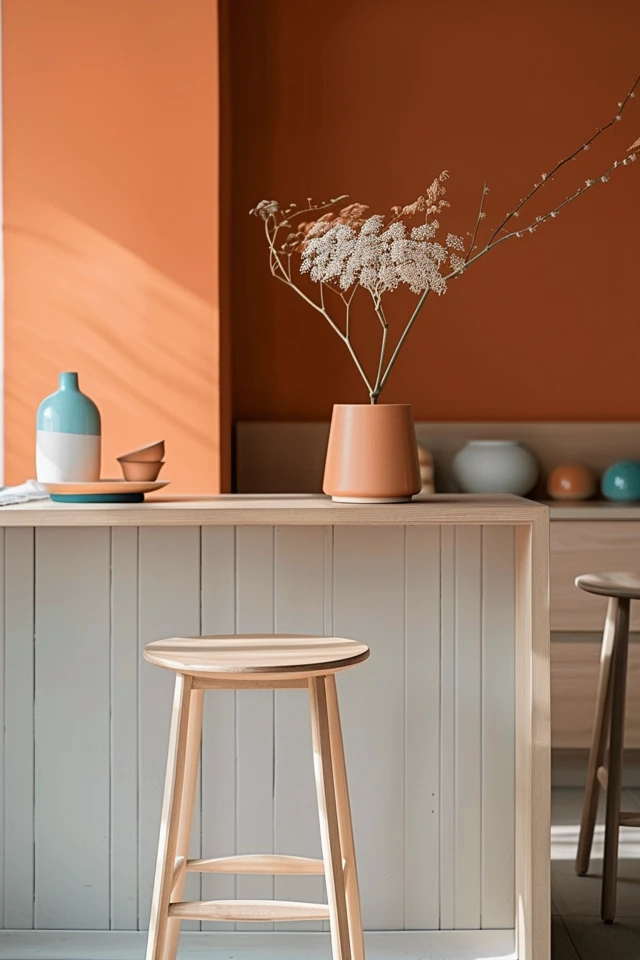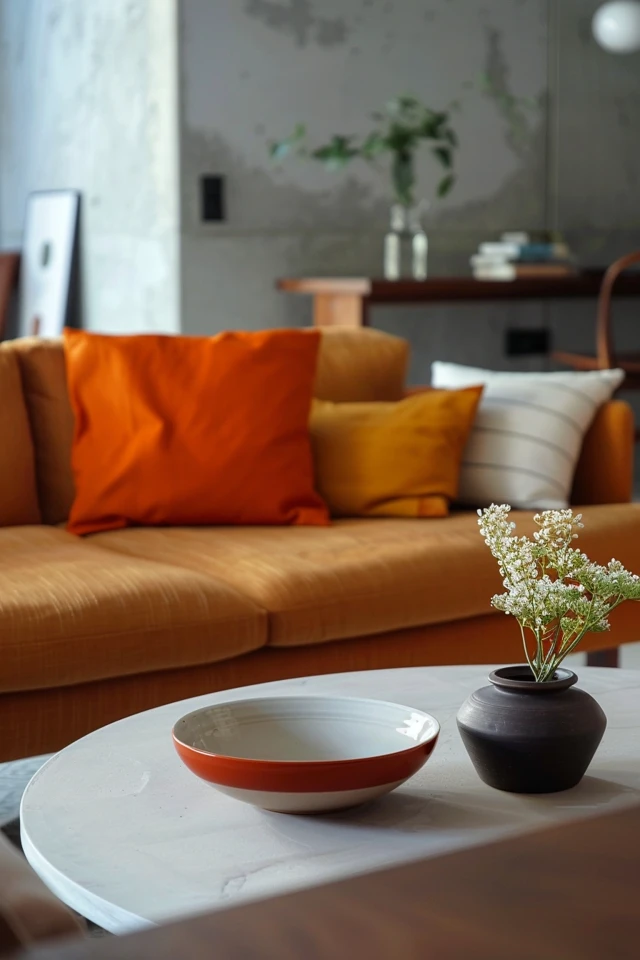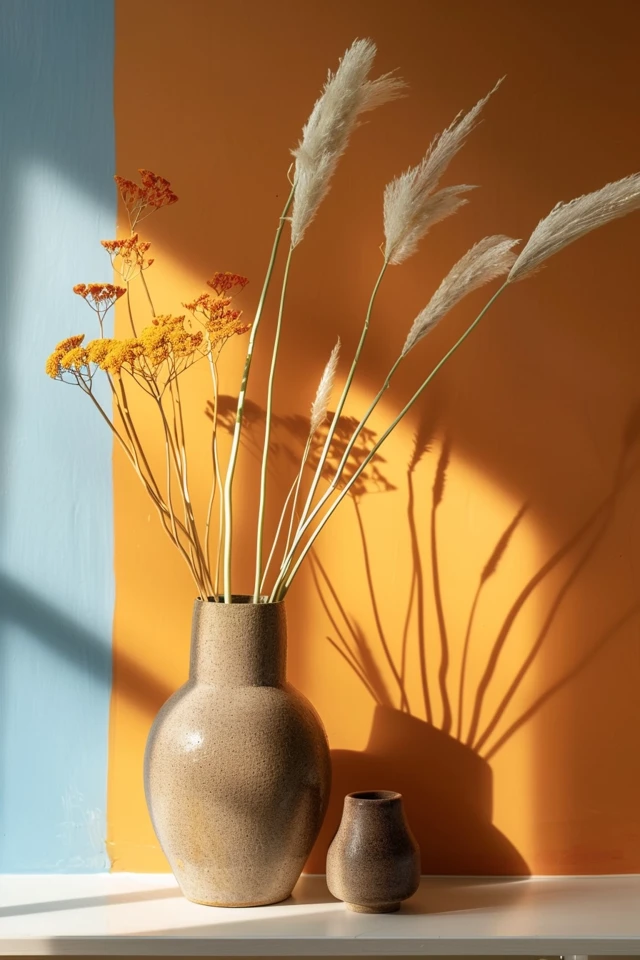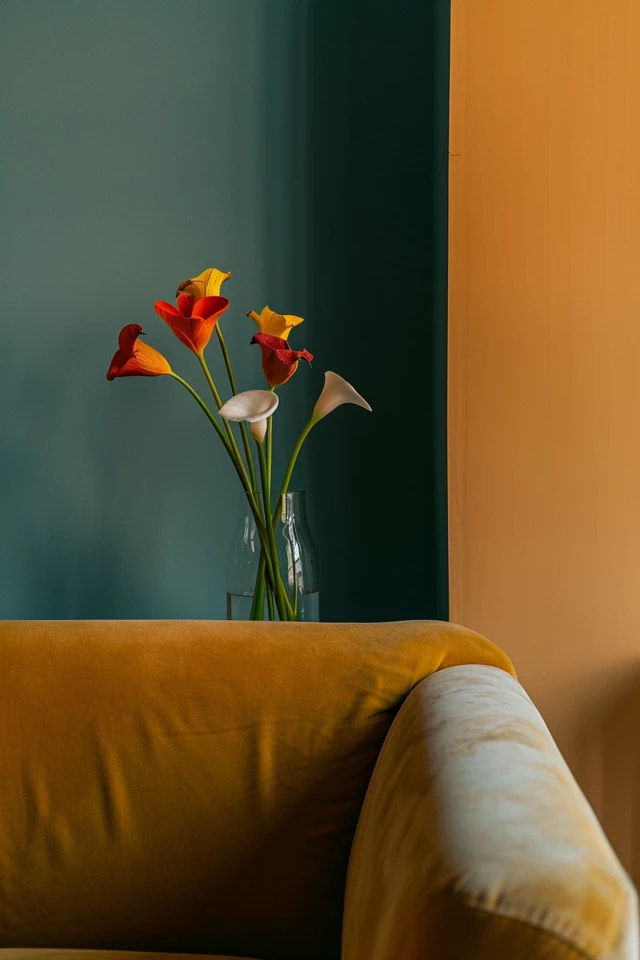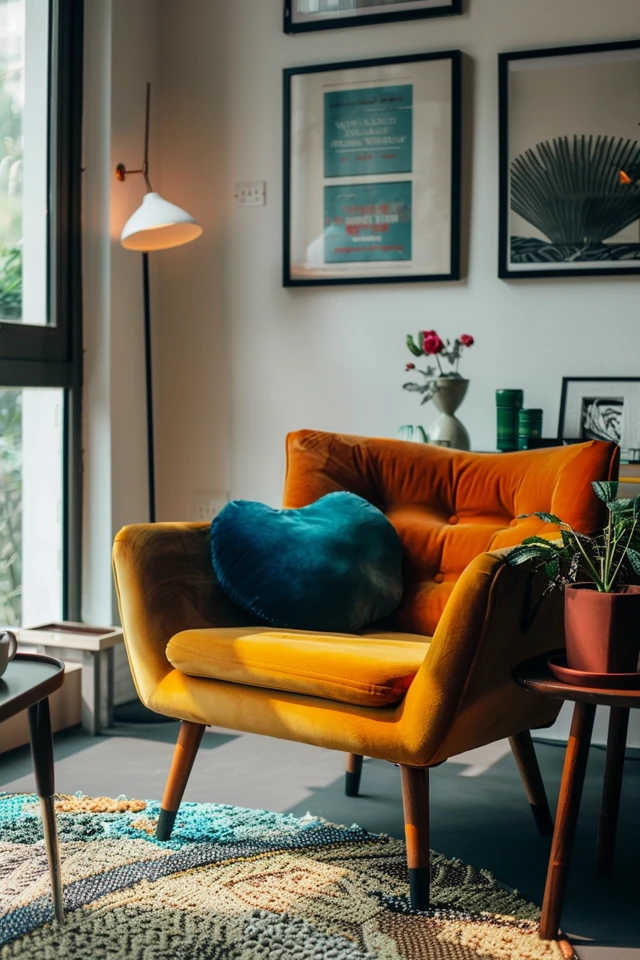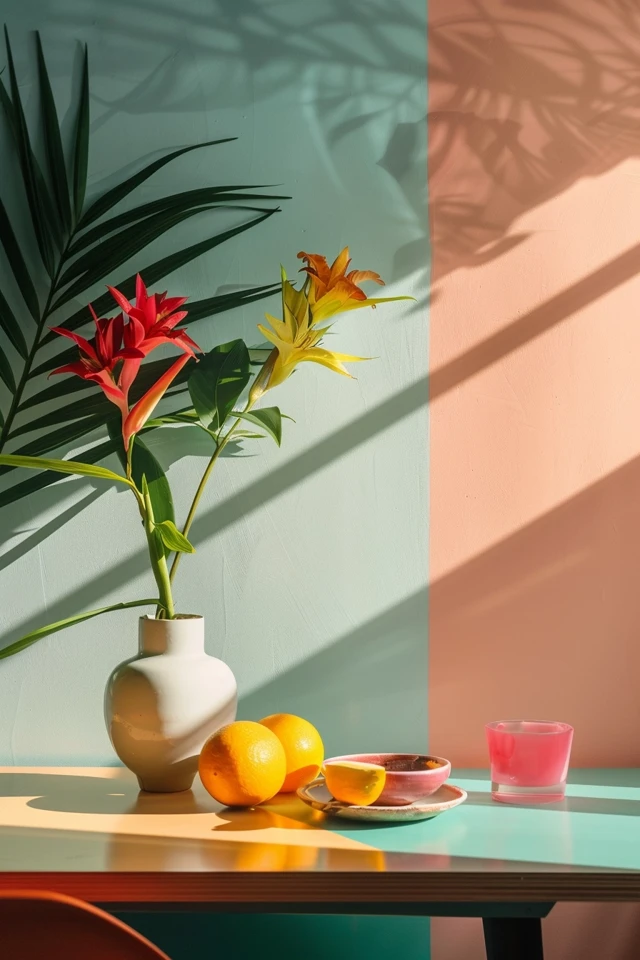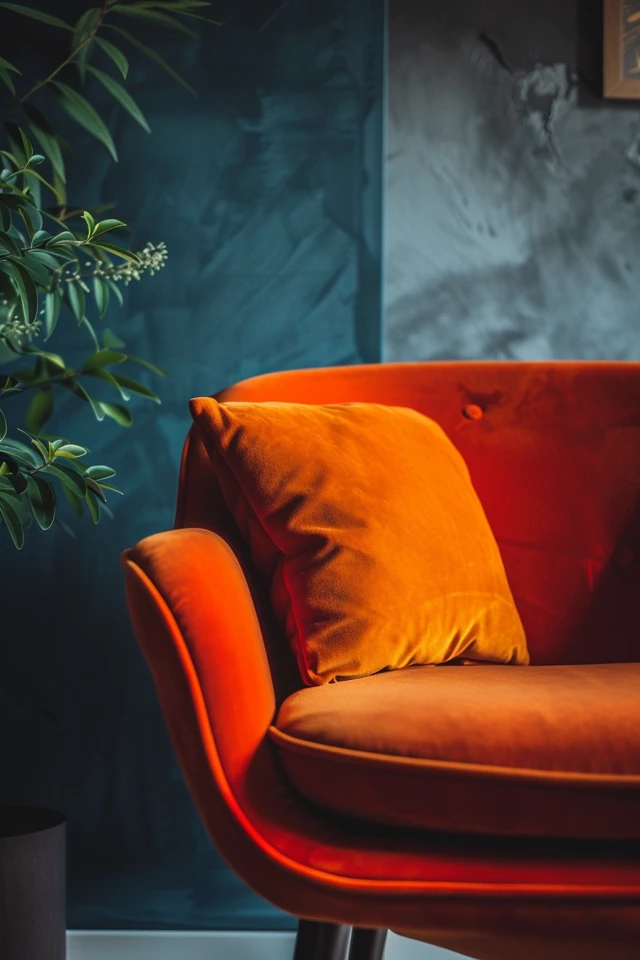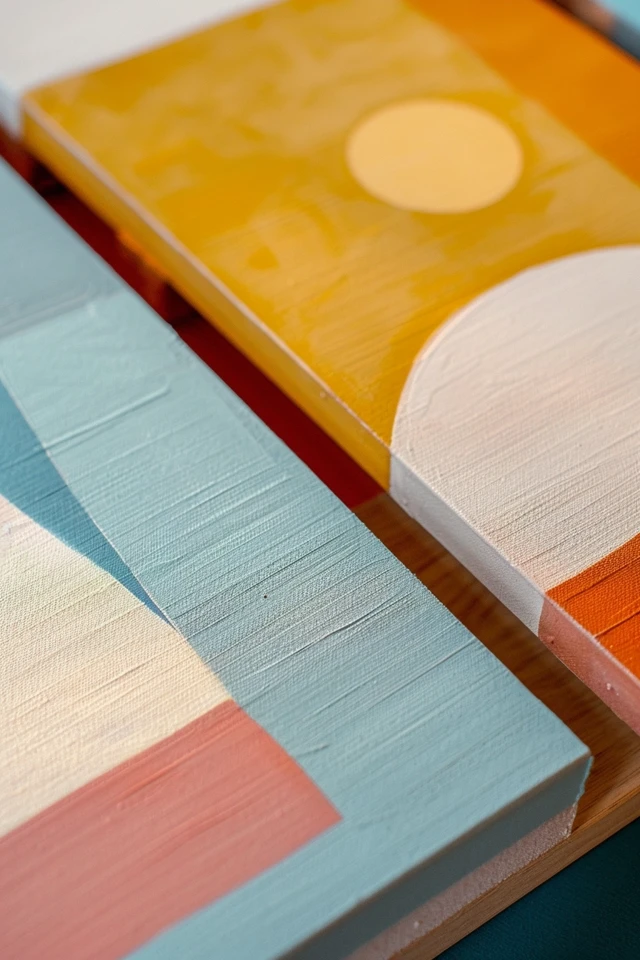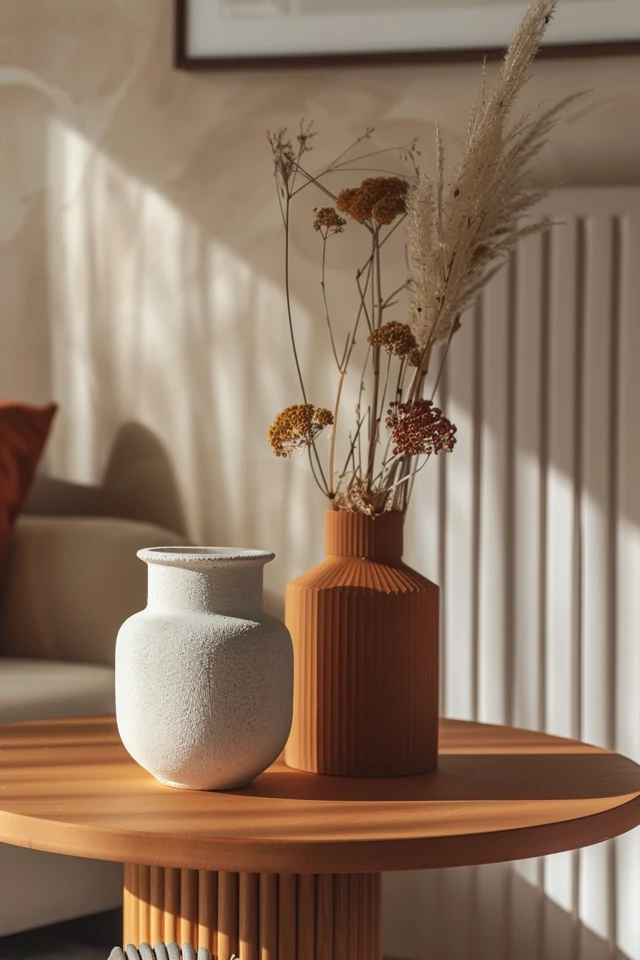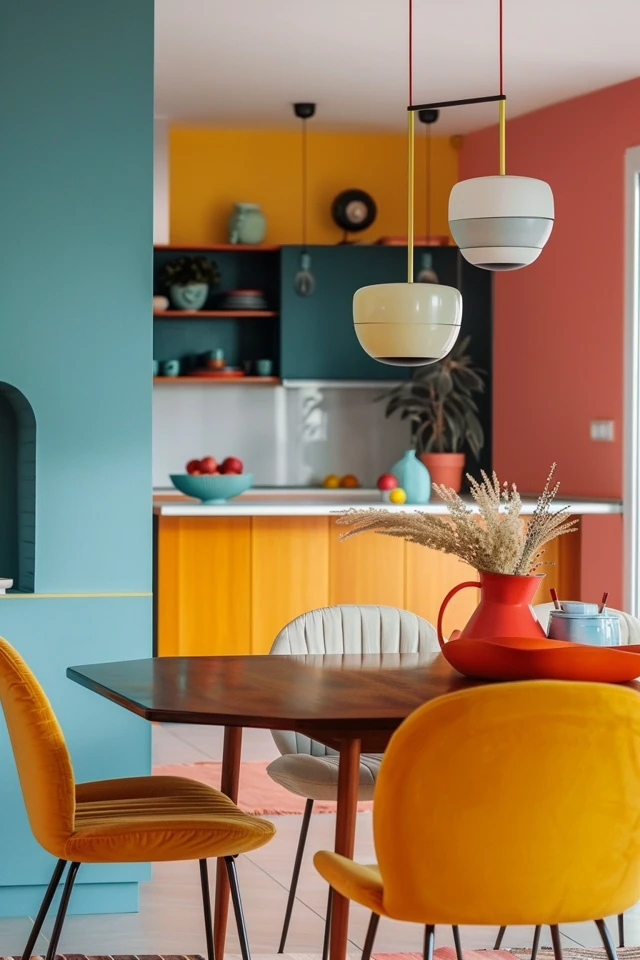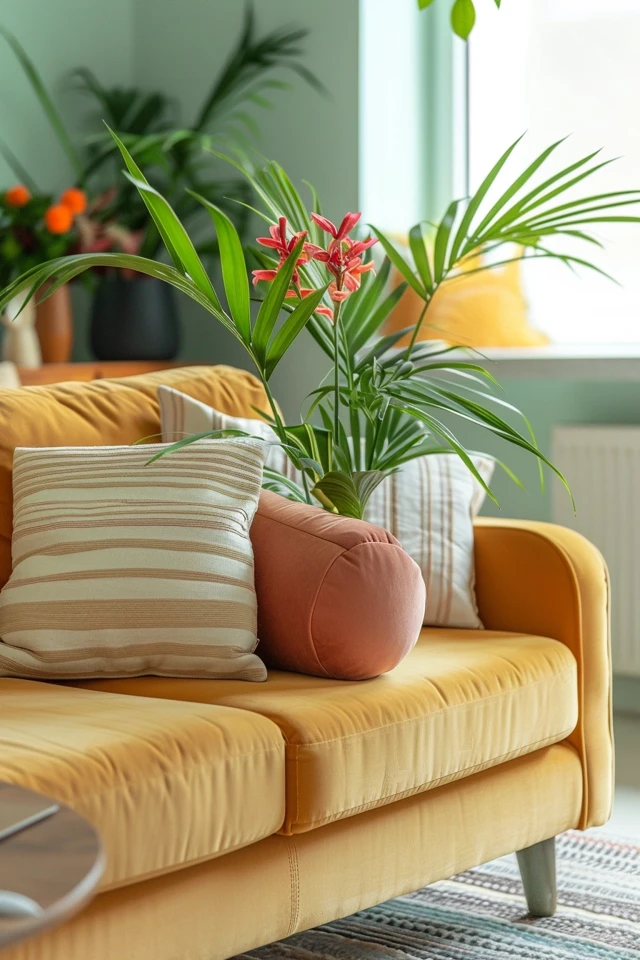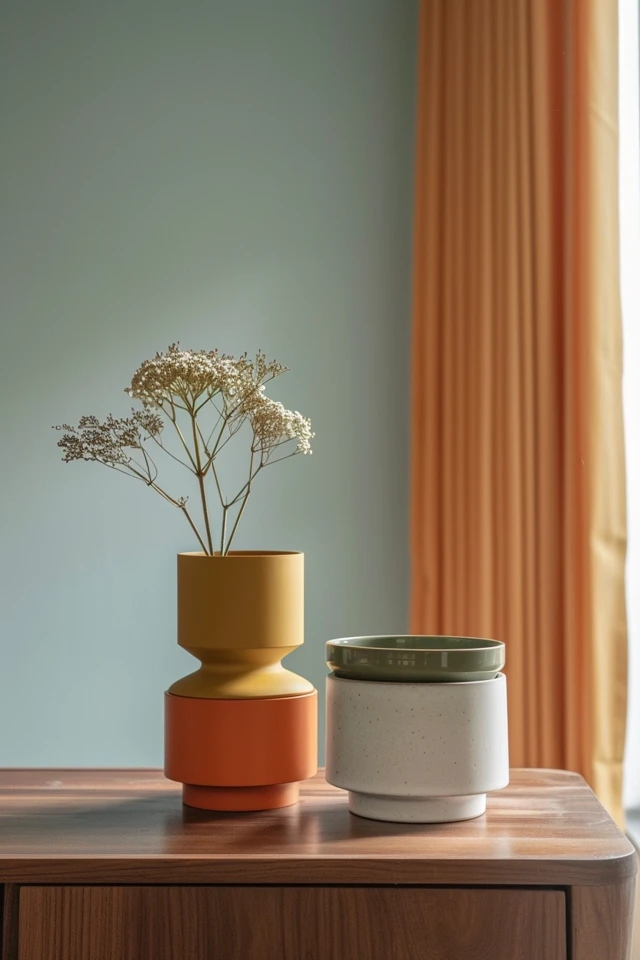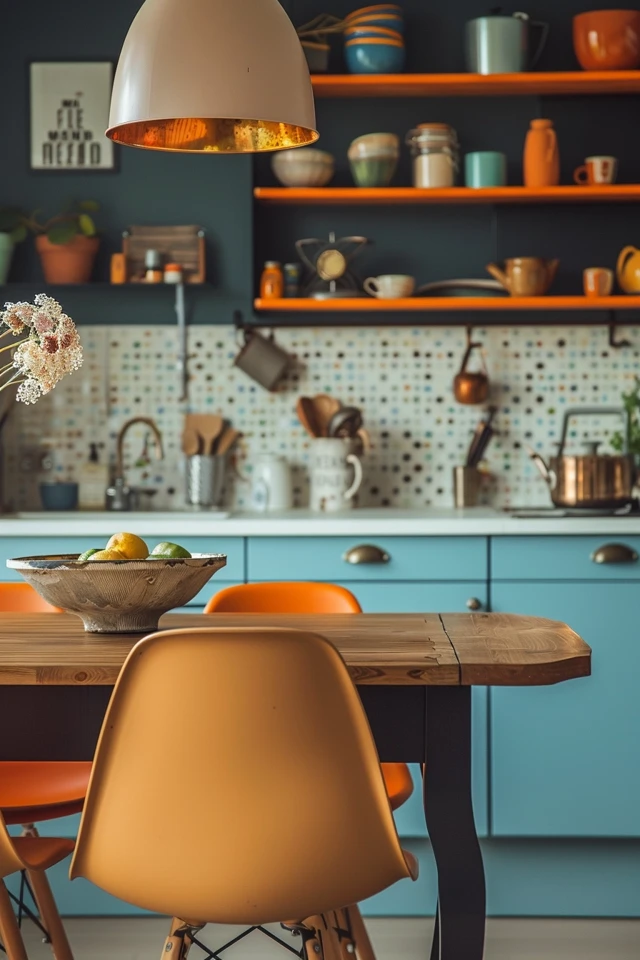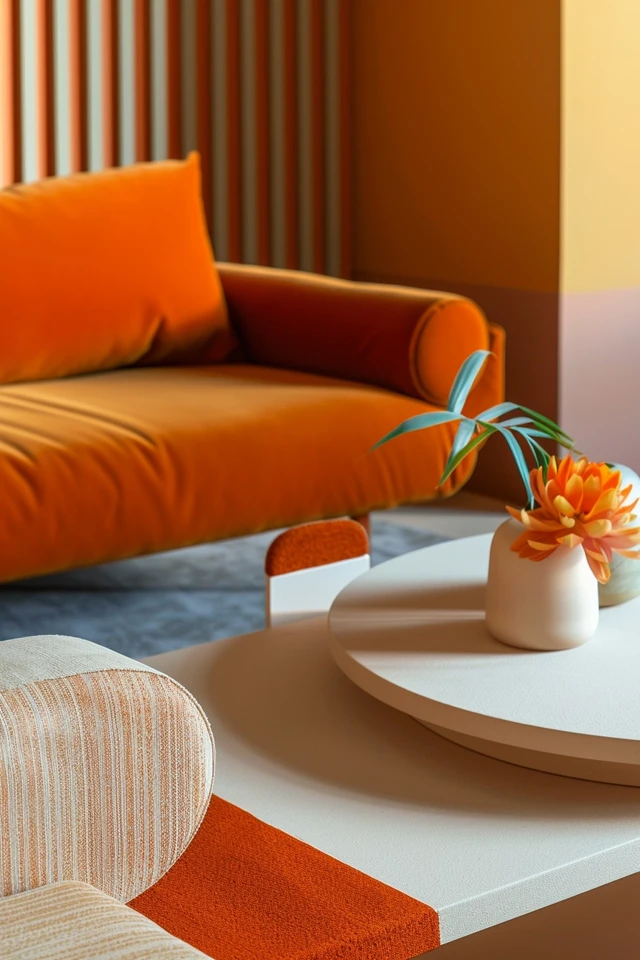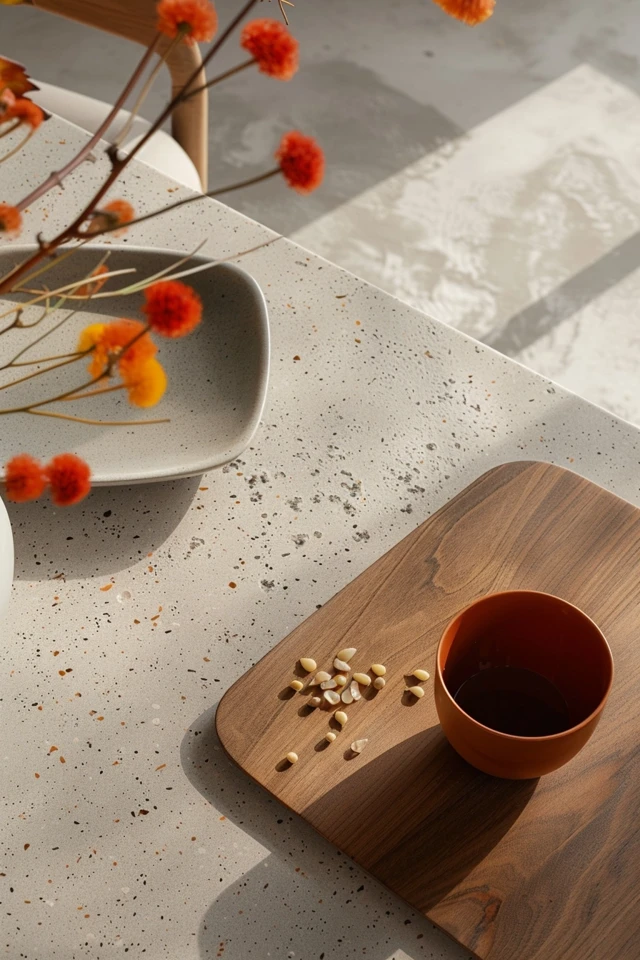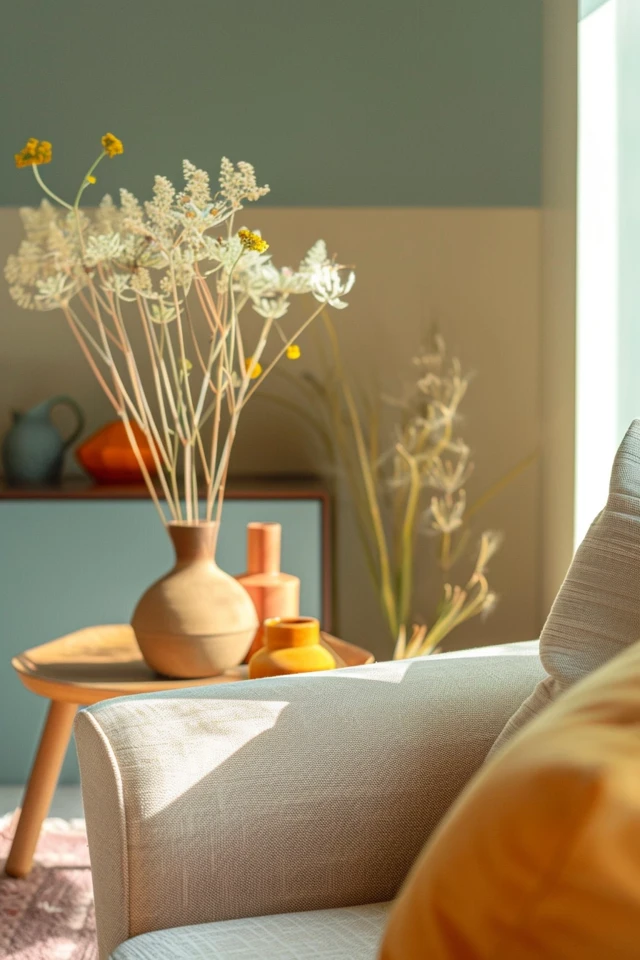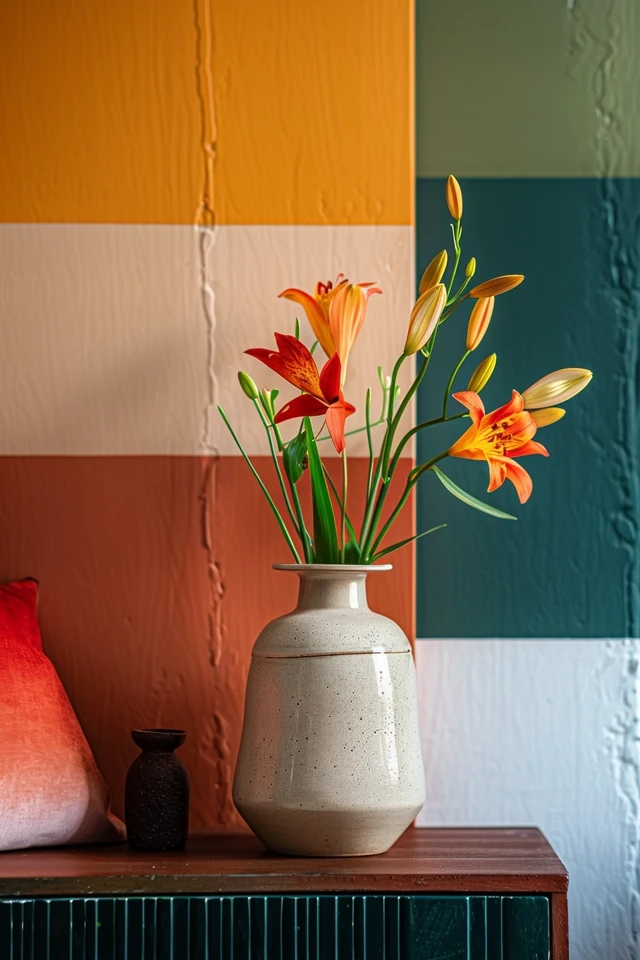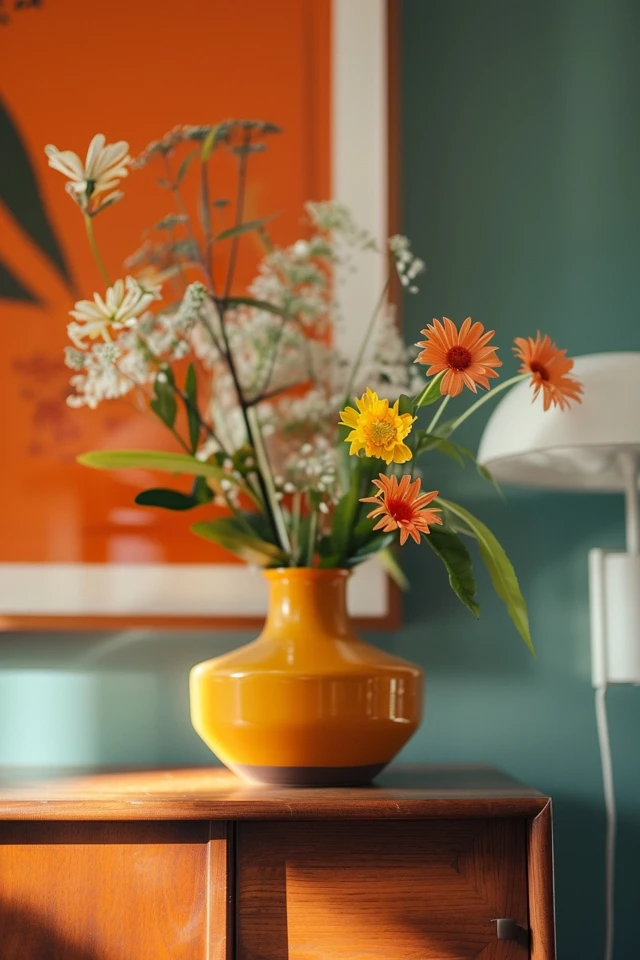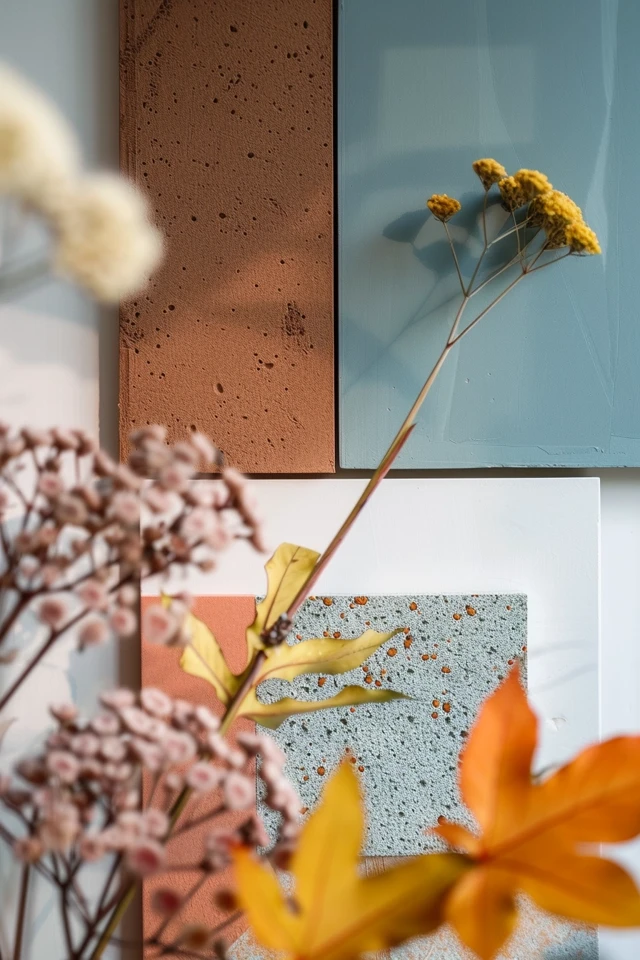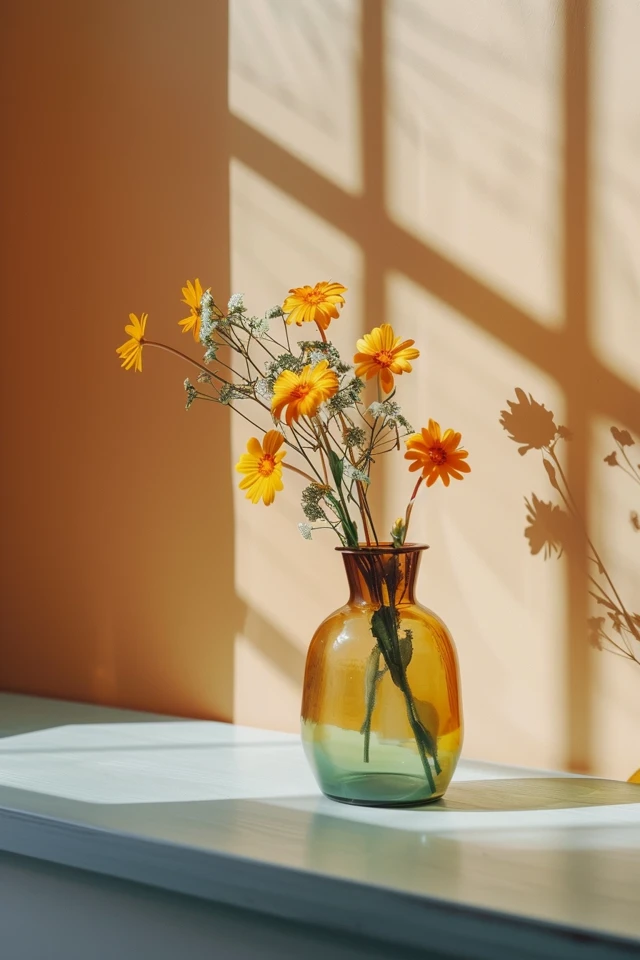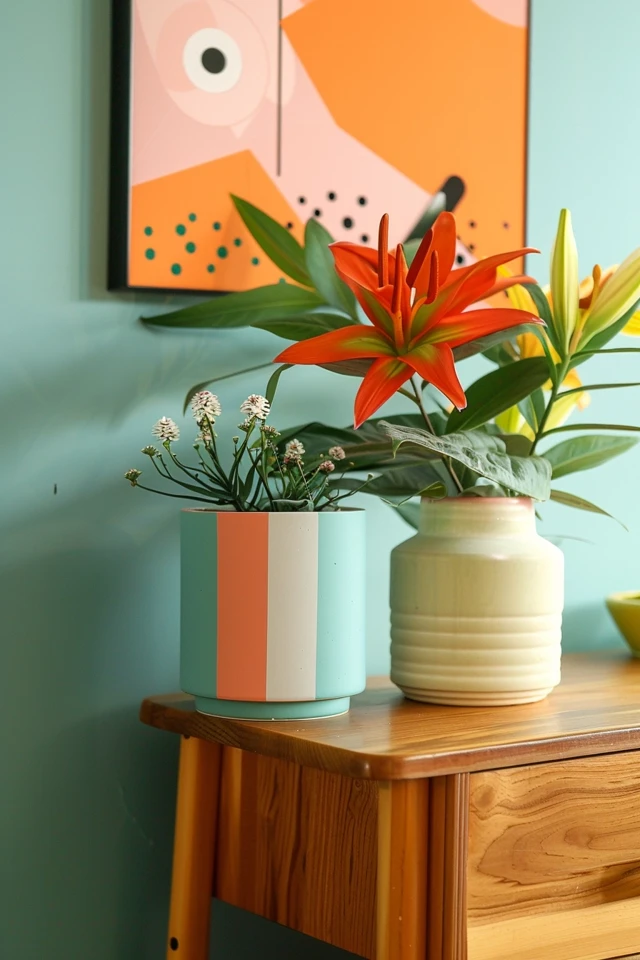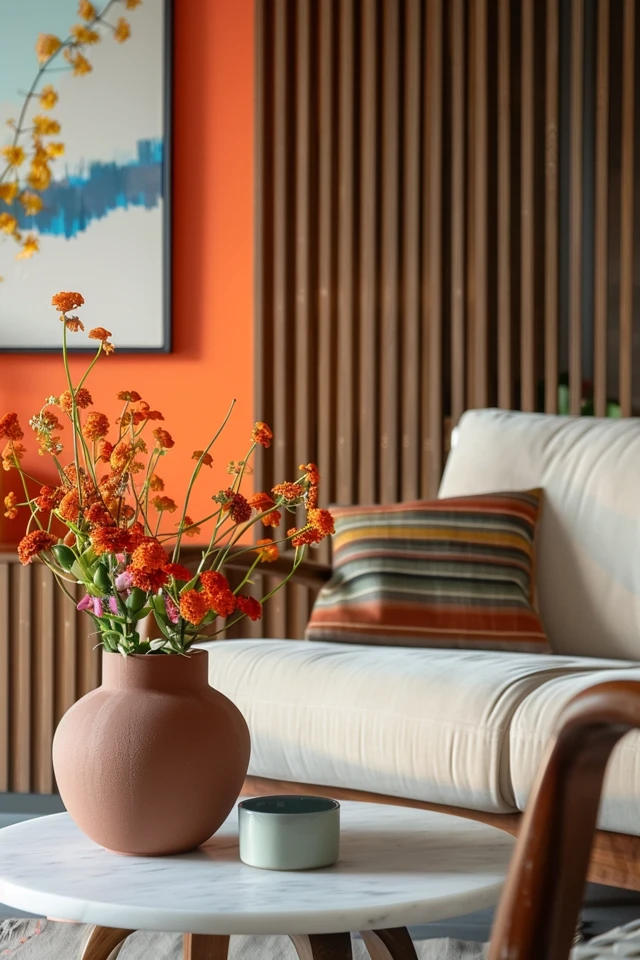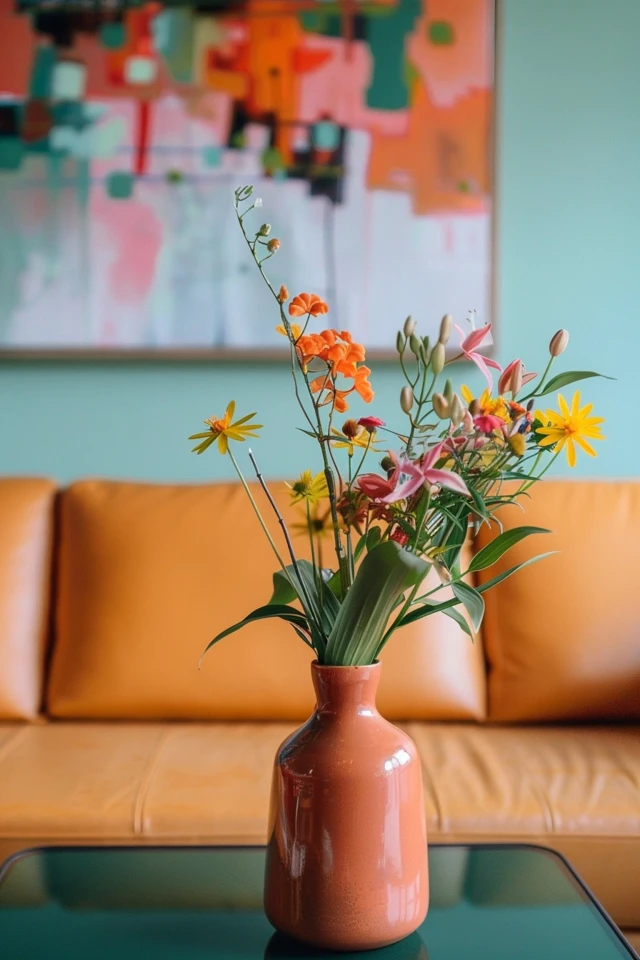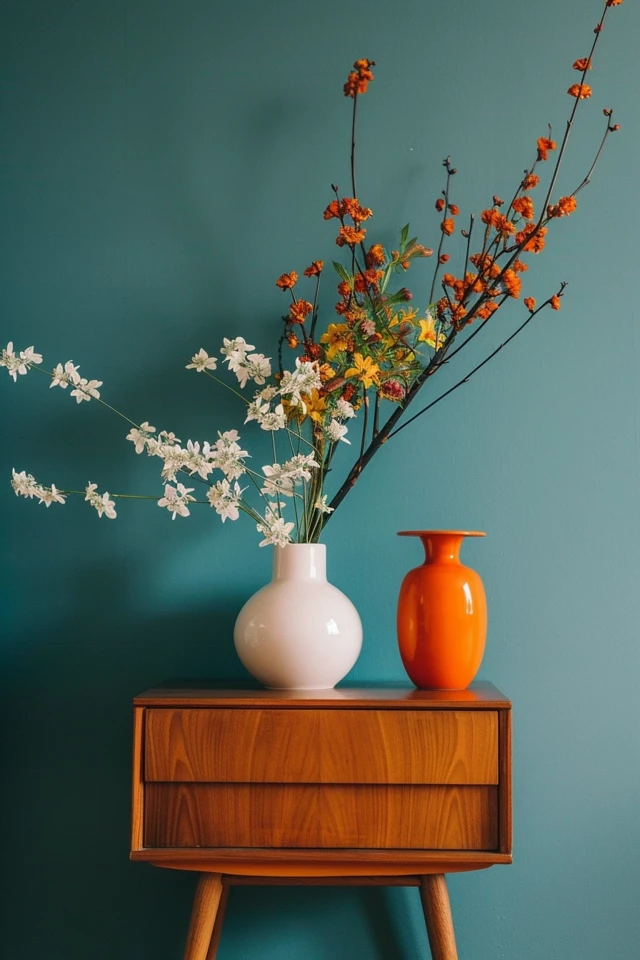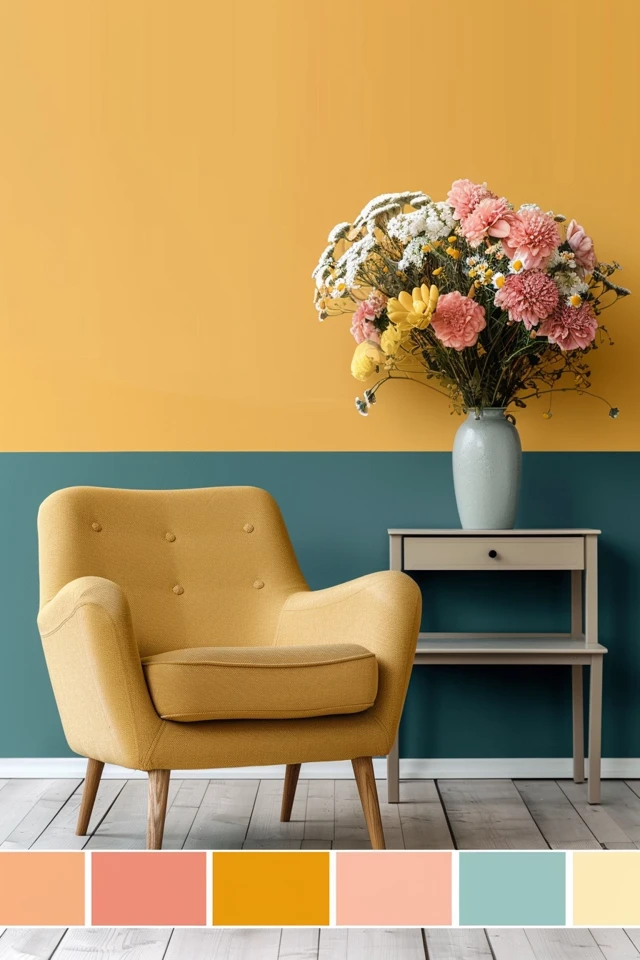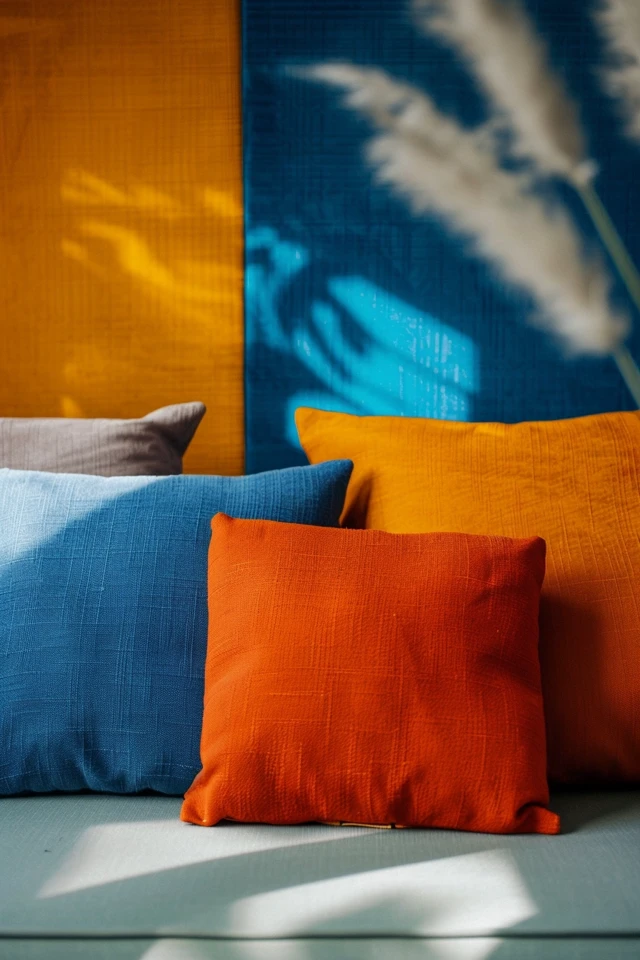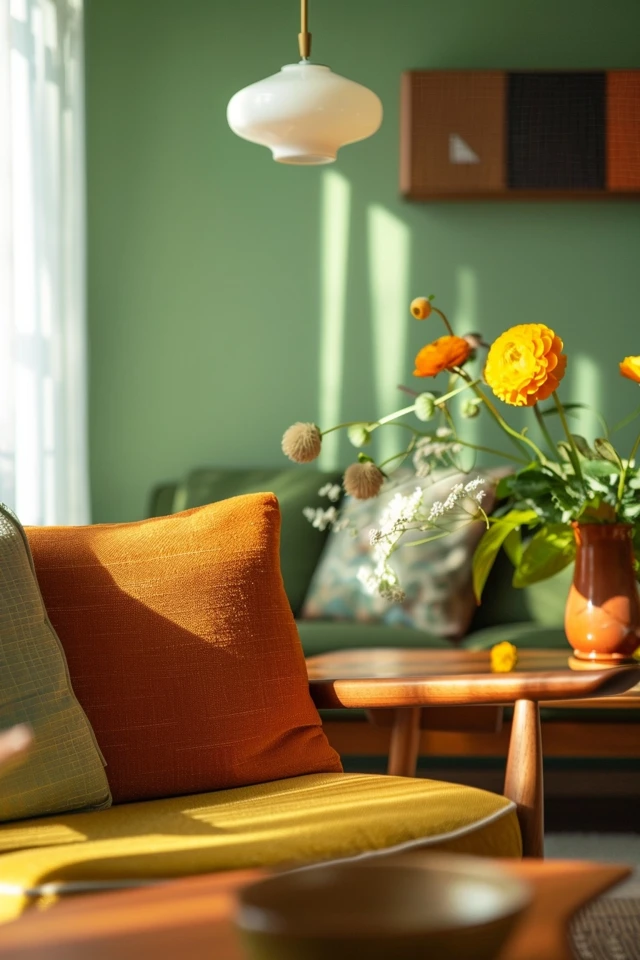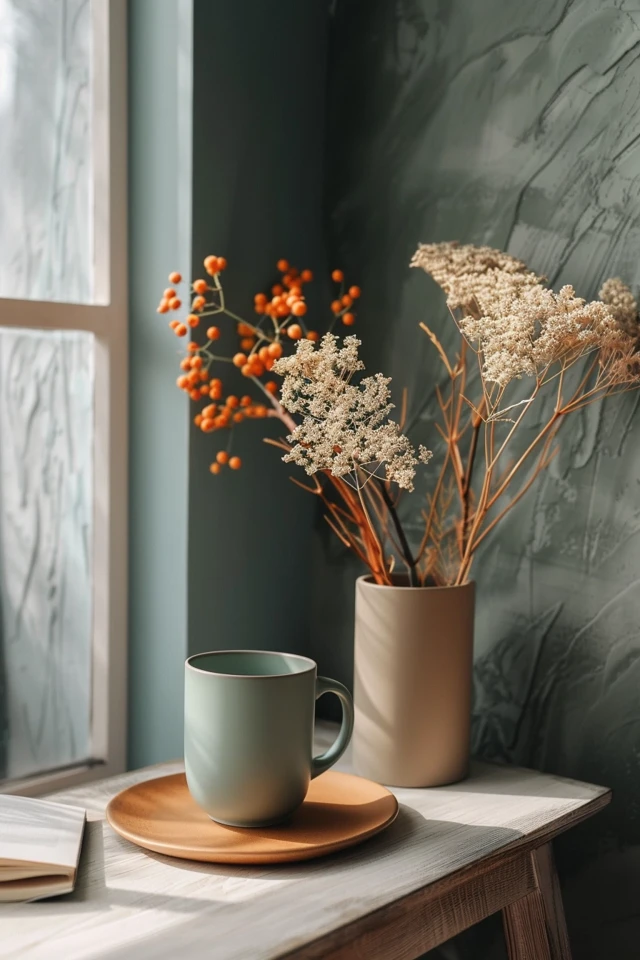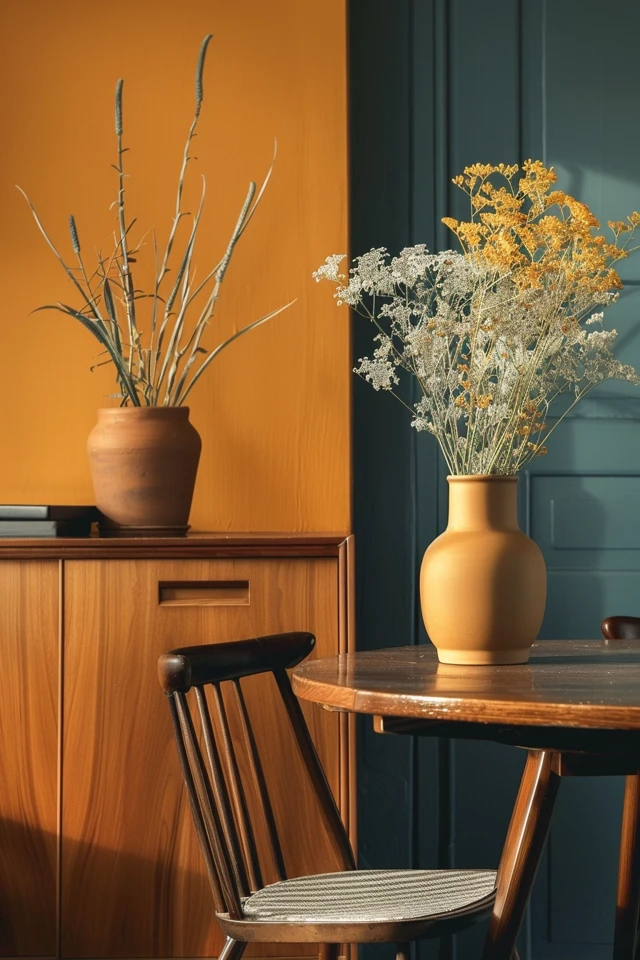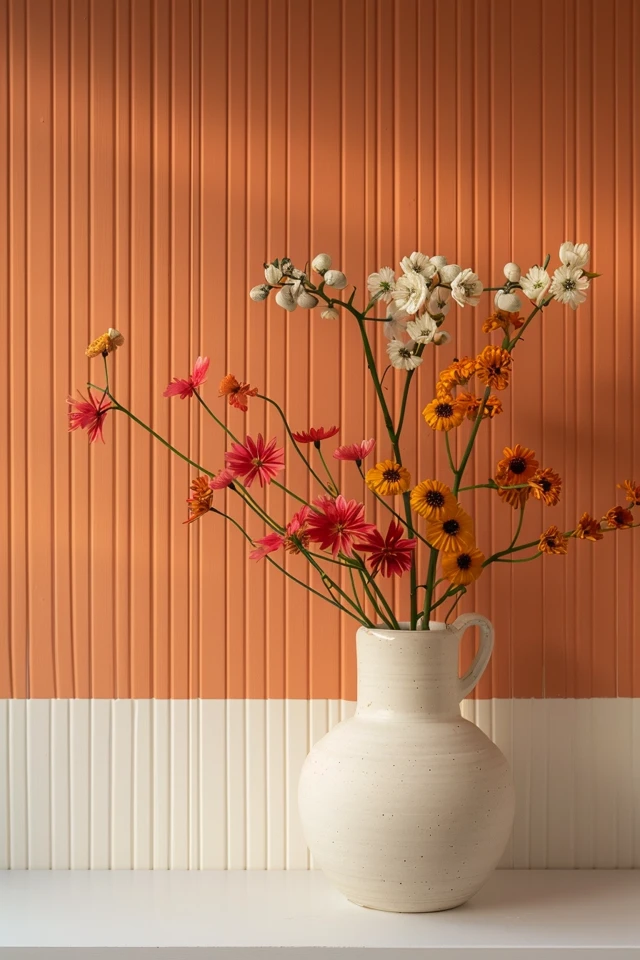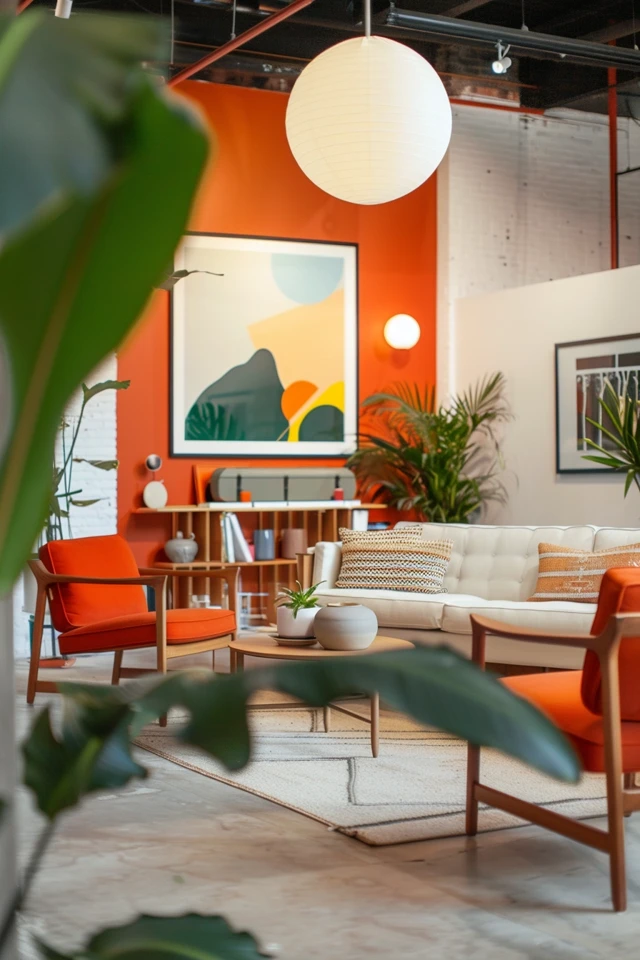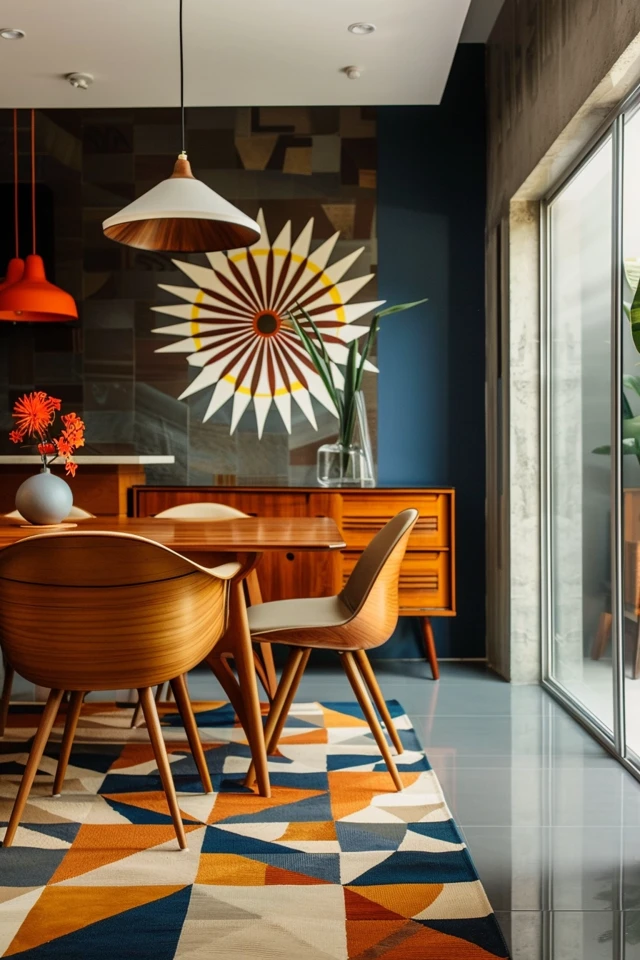Before Reading this Article, Hire Us As Your Designer or Take a Look at My Top 3 Amazon Picks!
If you are looking to blend Amazon's furniture finds with a personalized touch for your space, check out my portfolio, and hire us! You'll get 3 Idea boards, 2 Concept Boards, 2 Realistic Renderings, a Floor Plan, and a Shopping List! Everything's online, plus a 25% discount on your first online interior design project with my Havenly Promo code 4c7441bcfb. With over 2,000 designs since 2017 and top US brand partnerships, your project is in expert hands. US only. Ready to start?
Colors of Heritage: Artistic Indian Stories
Color Stories: Ideas for Using a Mid Century Modern Color Palette
The mid-century modern design movement, which flourished from the mid-1940s to the late 1960s, is renowned for its timeless appeal, characterized by clean lines, functional forms, and a bold yet sophisticated color palette. As an architect and interior designer specializing in evidence-based design, I have witnessed the transformative power of using a mid-century modern color palette in creating vibrant, harmonious living spaces. This palette can bring a room to life, infusing it with energy and elegance while remaining rooted in practicality. In this article, we’ll explore various ways to incorporate mid-century modern colors into your home, offering practical tips and inspiration to achieve a chic and cohesive look.
Mid-century modern colors are all about balance and contrast, using bold hues alongside neutral tones to create dynamic yet harmonious interiors. Whether you’re revamping your entire home or adding a touch of mid-century flair to a single room, understanding how to use this color palette effectively can make a significant difference. From walls and furniture to accessories and lighting, we’ll guide you through the essential elements of mid-century modern color application.
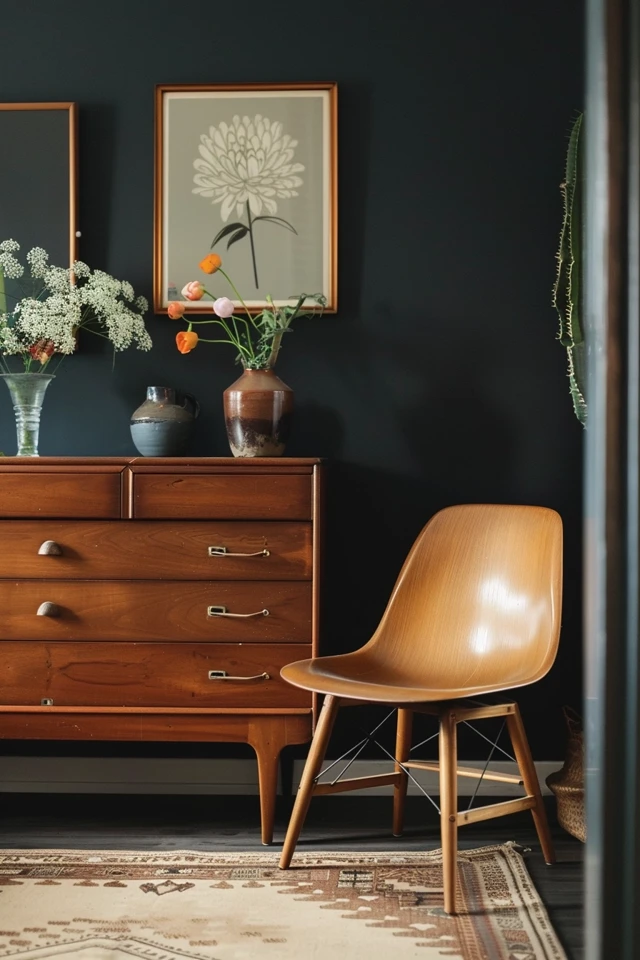
Creating a stylish and inviting home with a mid-century modern color palette involves more than just choosing the right shades. It’s about understanding the interplay of colors, materials, and lighting to create a cohesive and visually appealing environment. Let’s dive into the world of mid-century modern colors and discover how to use them to tell your home’s unique color story.
Key Takeaways:
- Balance bold and neutral colors for dynamic harmony.
- Use accent walls and statement pieces to add interest.
- Incorporate color through furniture and accessories.
- Leverage natural materials and textures.
- Consider lighting to enhance color and ambiance.
1. Balance Bold and Neutral Colors for Dynamic Harmony
Mid-century modern design is known for its striking use of bold colors balanced with neutral tones. This balance creates dynamic yet harmonious spaces that are visually engaging and comfortable.
Primary Colors: Incorporate primary colors like mustard yellow, teal, and burnt orange. These bold hues can serve as focal points in a room, adding vibrancy and energy. For example, a mustard yellow sofa can become the centerpiece of a living room, drawing attention and anchoring the space.
Neutral Backdrop: Balance these bold colors with neutral tones such as white, beige, gray, and brown. Neutral walls, floors, and larger furniture pieces create a calming backdrop that allows the bold accents to shine without overwhelming the space.
Color Proportions: Pay attention to the proportions of bold and neutral colors. A common approach is the 60-30-10 rule: 60% of the room in a dominant neutral color, 30% in a secondary bold color, and 10% in accent colors. This helps maintain balance and prevents any one color from dominating the space.
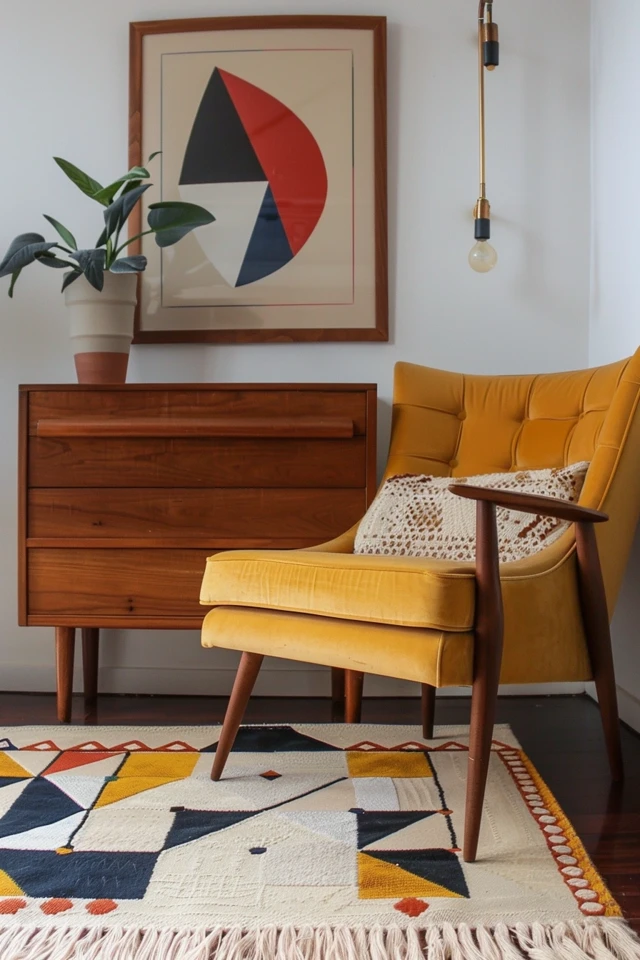
2. Use Accent Walls and Statement Pieces to Add Interest
Accent walls and statement pieces are effective ways to introduce mid-century modern colors into your home without making drastic changes.
Accent Walls: Paint one wall in a bold color to create an accent wall. This can add depth and interest to a room without overwhelming the entire space. Choose a wall that naturally draws attention, such as behind a bed, sofa, or dining table.
Statement Furniture: Invest in statement furniture pieces in mid-century modern colors. A teal armchair, a burnt orange sideboard, or a mustard yellow coffee table can become focal points that set the tone for the rest of the decor.
Artwork and Decor: Use artwork and decorative items to introduce bold colors. A large abstract painting with vibrant hues or a collection of colorful ceramics can enhance the mid-century modern vibe and add personality to your space.
3. Incorporate Color Through Furniture and Accessories
Furniture and accessories are versatile tools for introducing mid-century modern colors into your home. They can be easily updated and rearranged, allowing you to experiment with different looks.
Colored Upholstery: Choose furniture with colored upholstery to make a bold statement. Sofas, chairs, and ottomans in mid-century modern colors can transform a room. For example, a teal velvet sofa or a burnt orange lounge chair can add a touch of luxury and style.
Textiles: Use textiles like cushions, throws, and rugs to introduce color. These items are relatively inexpensive and can be changed seasonally. Mix and match different patterns and textures to create a layered and dynamic look.
Accessories: Incorporate colorful accessories such as lamps, vases, and clocks. These small touches can enhance the overall color scheme and add interest without overwhelming the space. Look for pieces with clean lines and organic shapes to stay true to the mid-century modern aesthetic.
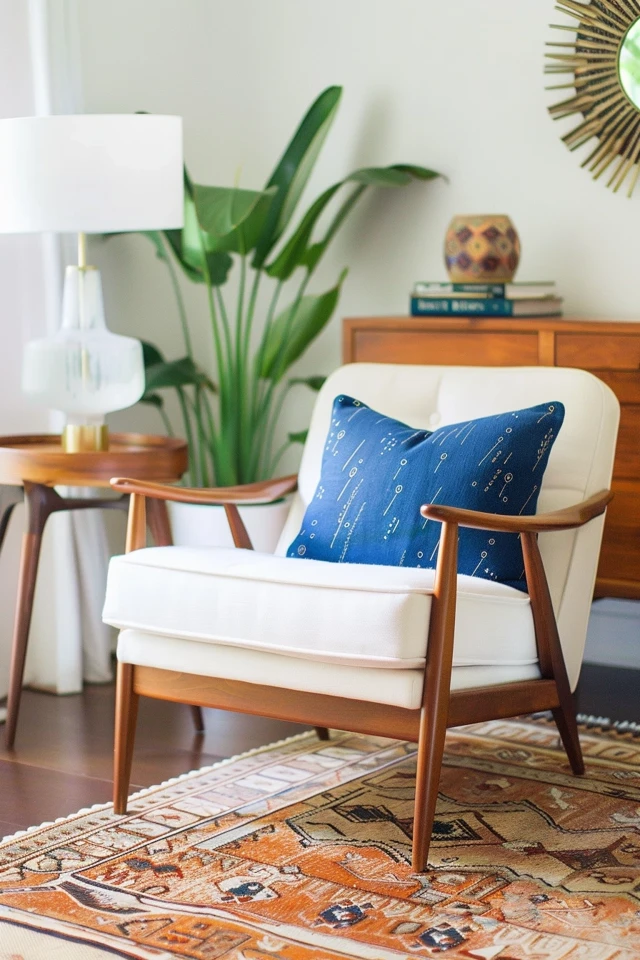
4. Leverage Natural Materials and Textures
Natural materials and textures play a significant role in mid-century modern design, adding warmth and depth to the color palette.
Wood Finishes: Use wood finishes like walnut, teak, and oak to add warmth and texture. Wooden furniture, flooring, and wall paneling can provide a neutral base that complements bold colors. For example, a wooden dining table paired with colorful chairs can create a balanced and inviting dining area.
Metal Accents: Incorporate metal accents in materials like brass, copper, and chrome. These can add a touch of glamour and reflect light, enhancing the overall color scheme. Consider using metal light fixtures, table legs, and decorative objects to introduce this element.
Natural Textiles: Use natural textiles like cotton, linen, and wool to add softness and comfort. These materials can enhance the color palette while providing a tactile quality that makes the space feel more inviting. For example, a wool rug in a bold color or linen curtains in a neutral shade can add both visual and physical texture.
5. Consider Lighting to Enhance Color and Ambiance
Lighting plays a crucial role in how colors are perceived and can significantly impact the ambiance of a room. Use lighting strategically to enhance the mid-century modern color palette.
Natural Light: Maximize natural light to bring out the true colors in your space. Large windows, skylights, and glass doors can help flood a room with natural light, making the colors appear more vibrant and dynamic.
Artificial Lighting: Use a combination of ambient, task, and accent lighting to highlight different areas of the room and enhance the color scheme. For example, a bold-colored accent wall can be highlighted with track lighting, while table lamps with colored shades can add warmth and focus to seating areas.
Light Fixtures: Choose light fixtures that complement the mid-century modern style. Look for fixtures with clean lines, geometric shapes, and metal finishes. These can add a touch of elegance while enhancing the overall color palette. Consider pendant lights, floor lamps, and wall sconces to add both functionality and style.
Conclusion
Incorporating a mid-century modern color palette into your home is a fantastic way to create a vibrant, harmonious, and stylish living environment. By balancing bold and neutral colors, using accent walls and statement pieces, incorporating color through furniture and accessories, leveraging natural materials and textures, and considering lighting to enhance color and ambiance, you can transform your space into a chic and inviting haven.
As an architect and interior designer, I believe that the thoughtful integration of color is essential to successful design. Mid-century modern colors offer a perfect blend of elegance and playfulness, allowing you to create spaces that are both timeless and trendy. Whether you’re updating a single room or reimagining your entire home, these ideas will help you tell your own unique color story.
Remember, the most important aspect of any design project is to make it your own. By incorporating your personal style and preferences, you can create a home that not only looks great but also feels uniquely yours. Happy decorating!
Inspirational Pictures
